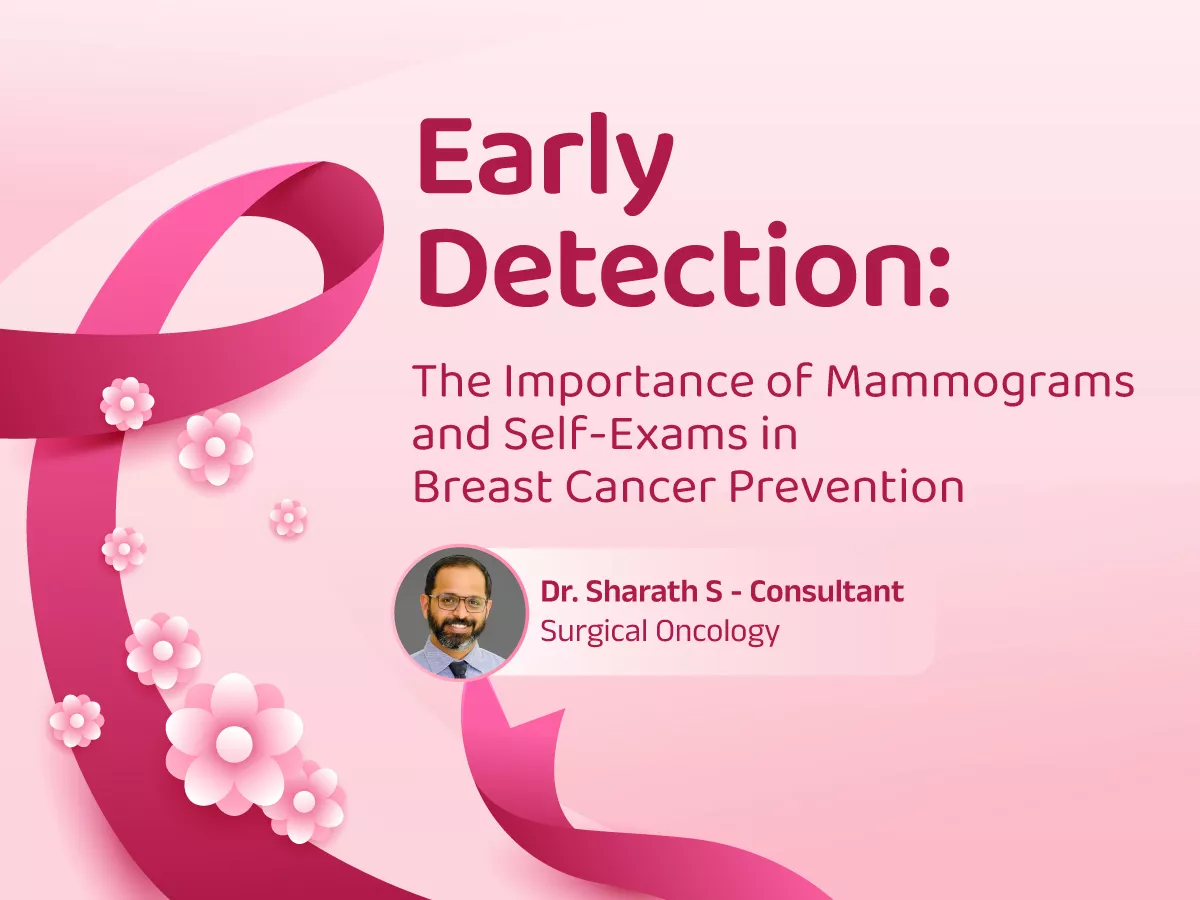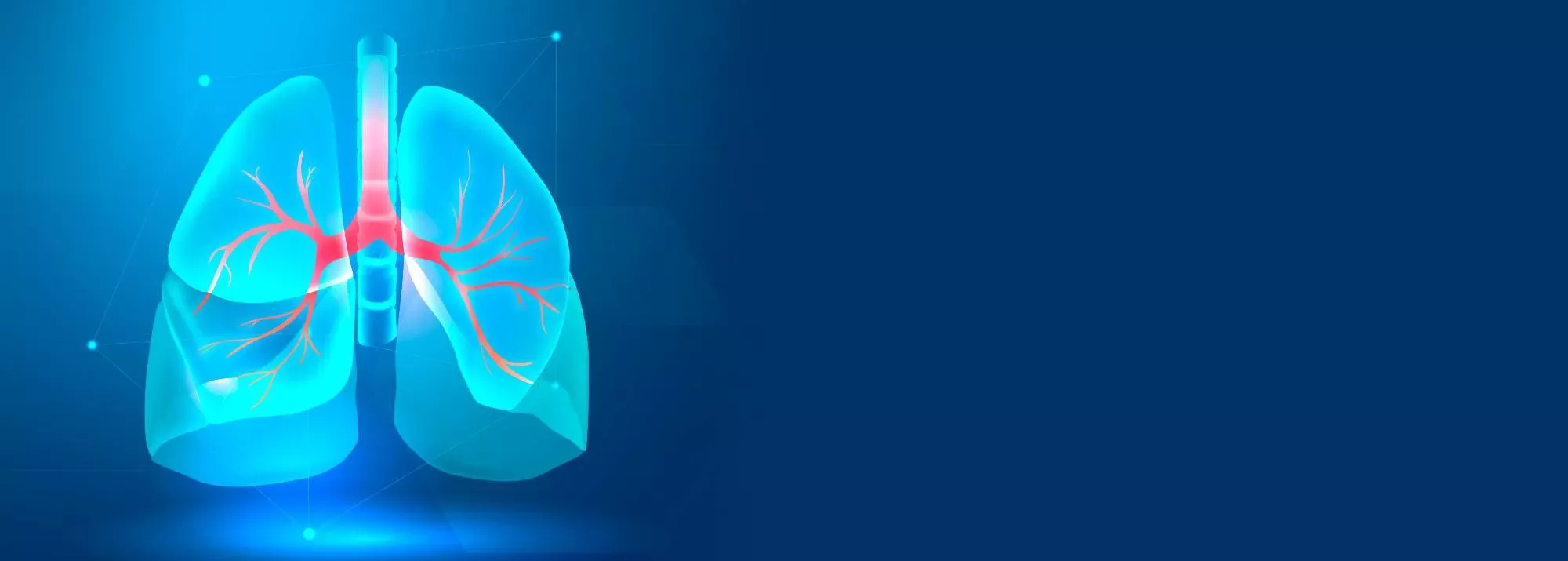Breast cancer is the most common cancers affecting women globally, but it has one of the best treatment and curative options. Early detection remains a crucial factor in improving survival rates and outcomes. Two key tools in early detection are mammograms and breast self-examinations. By understanding how and when to use these methods, women can take an active role in their health and significantly reduce their risk of advanced breast cancer. Consulting an oncologist in Kochi Kerala can further guide personalized screening and prevention strategies.
Why Early Detection Matters
Early detection of breast cancer leads to better treatment outcomes. When cancer is found in its early stages, it is usually smaller and has not spread to other parts of the body, which makes it easier to treat. According to research, early-stage breast cancer has a significantly higher survival rate compared to cancers detected at a later stage. This makes regular screenings and awareness of bodily changes critical in catching cancer before it progresses. For patients seeking specialized care, choosing a reputable cancer hospital in Kochi Kerala ensures access to advanced diagnostic tools and treatment options.What is a Mammogram?
A mammogram is an X-ray image of the breast that can detect abnormal growths or changes in breast tissue, even before a lump is large enough to be felt. It is one of the most reliable methods for detecting breast cancer early. Mammograms can show tiny deposits of calcium (microcalcifications) that may be the earliest sign of breast cancer, as well as masses or tumors that might not be obvious through physical exams. Visiting an oncology hospital in Kochi Kerala can help women get accurate mammograms along with expert interpretation.
a) Types of Mammograms
Screening Mammogram: Used for women without any symptoms, it typically involves two views of each breast to check for any abnormalities.
Diagnostic Mammogram: Performed when a woman has symptoms like a lump or pain, or when an abnormality is found in a screening mammogram. It involves more detailed X-ray images.
b) Recommended Age for Mammograms
The recommendation for when women should begin regular mammograms varies slightly among health organizations, but the general guideline is:
Women aged 40-44: Optional yearly mammograms.
Women aged 45-54: Yearly mammograms are recommended.
Women aged 55 and older: Mammograms every two years, or annually if preferred.
Women with a family history of breast cancer or genetic predispositions (like BRCA mutations) may need to begin mammograms earlier or have them more frequently. Consulting with a healthcare provider, such as an oncologist in Kochi Kerala, is important to determine the right screening schedule.
The Role of Breast Self-Exams
While mammograms are an essential clinical tool, self-exams allow women to become familiar with the normal look and feel of their breasts, helping them to notice any changes that could signal the need for further medical evaluation. Although not a substitute for mammograms, self-exams are an empowering practice that can complement regular screenings.
a) How to Perform a Self-Exam
A breast self-exam can be performed once a month, typically a few days after the menstrual period ends, when breasts are less tender or swollen:
In front of a mirror: Visually inspect both breasts for any changes in size, shape, or color. Check for dimpling, puckering, or changes in the skin or nipples.
While lying down: Use the pads of your fingers to press gently but firmly around the entire breast in a circular motion, starting from the outer edges and moving toward the center, covering the whole breast and armpit area.
In the shower: This can make the exam easier, as the water allows your hands to glide smoothly over the skin. Look for any lumps, thickened areas, or unusual tenderness.
b) What to Look For
New lumps or thickening in the breast or underarm.
Changes in breast size, shape, or appearance.
Nipple discharge (especially clear or bloody).
Skin changes, such as dimpling, redness, or scaliness.
Pain in a specific area that doesn’t go away.
If any of these symptoms are found, it's important to consult a healthcare provider for further evaluation at a trusted cancer hospital in Kochi Kerala.
Overcoming Barriers to Screening
Despite the proven effectiveness of mammograms, many women skip their regular screenings due to fear, lack of time, or misconceptions about the discomfort of the procedure. Education about the process, and the fact that mammograms are generally quick and only mildly uncomfortable for most women, can help reduce these barriers. Additionally, promoting access to mammograms in rural or underserved areas is crucial, as women in these regions may not have easy access to screening facilities.Conclusion: Taking Control of Your Health
Early detection through mammograms and self-exams is a vital part of breast cancer prevention and treatment. Mammograms are a proven screening method, especially for women over 40, while self-exams help women monitor changes in their breasts between screenings. Together, these methods form a powerful defense against breast cancer, offering women the best chance of early detection and successful treatment.
By staying informed, scheduling regular mammograms at a specialized oncology hospital in Kochi Kerala, and practicing self-awareness through monthly self-exams, women can take control of their health and increase their chances of living a long, healthy life free from breast cancer.












